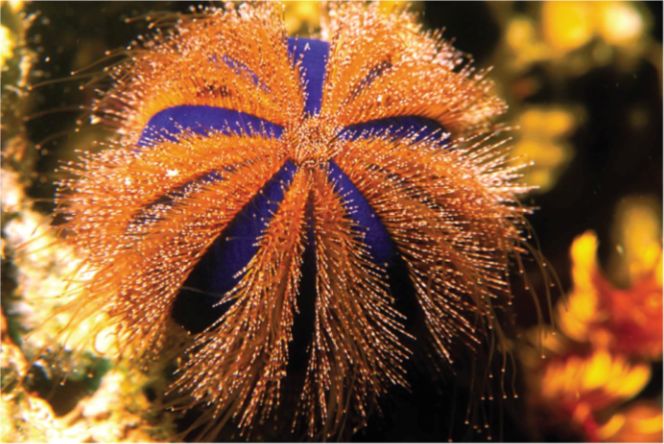Echinoderms has contact with the external world through its water vascular system including the tube feet. The water vascular system starts with an opening to the external environment called a madreporite. Then continues the stone canals that leads to the ring canal that has five longitudinal canals branching off from it into each of the arms. In the Crinoidea, it has a U-shaped guy with the mouth and the anus being on the same surface. Echinoderms have a sub-epidermal never net running all over their body. Many Echinoderms use their tube feet as organs for gaseous exchange, but others such as the Ophiuroidea and the Holothuroidea have additional special sites or organs of respiration.

Ophiocistioidea

Crinoidea

Astroidea

Echinoiudea

Holothuoidea

http://www.palaeos.org/Echinodermata
http://www.ucmp.berkeley.edu/echinodermata/comatulid.gif
http://seanet.stanford.edu/Asteroidea/poraniop_inf580.jpg
http://bio1151b.nicerweb.com/Locked/media/ch33/33_40EchinodermDiversityC.jpg
http://www.ucmp.berkeley.edu/echinodermata/seacuke.gif
No comments:
Post a Comment